
Baby, sorry to inform you but those plants we see in the Internet under the name of Dyckia fosteriana hardly looks like one. In most of the cases they present a slight resemblance or something that may reminds you of Dyckia fosterina. Go on...stop here and look the Dyckia fosteriana pictures here and go on...take a strol in the internet images that claim to be Dyckia fosteriana. You will be open mouthed for sure and you will drool again.
Dyckias are all easy goers, they make sex to any other Dyckia no matter the species. They are all sex maniacs, compulsive addicted ones. This species does not pups and so.. so It has to be reproduced by seeds. But for this to happen we must have seeds of their own, true and pure strain seeds. They self fertilize. One must isolate completely the flowering plant in order to reproduce fosterianas. Yeah, this lady is a tramp and also a trap for those who trust on their dearing producers. Today I feel absolutely safe to say that outside Brazil and even here Dyckia fosteriana is one of the rarest plants of all!
Here you see Dyckia fosteriana!Not just an only one picture. All sorts and kinds and varieties except Dyckia fosteriana robustior are pictured for you to see. Here you see the form type locality and the surroundings varieties. Always in Paraná.
Dyckias interbreed easily and this species to not pups! This species do not set lateral sprouting.
So people rely on seeds to propagate it. But people pick up seeds from a fosteriana stalk flower fruits but forget that open fertilization is not valid to produce true species. Money comands!
Fosteriana crosses avidly with any other flowering Dyckia no matter the species.
What we see is something far, far, far away from being Dyckia fosteriana.
Collectors trust in their source as they were idols. Remember it is illegal and totally out of law to take any species of Dyckias out of Brazil. Smugglers are all over and money and crime run together like horse and carriage.
Fosterianas are long known classic Dyckia outside Brazil. The longer a species is out from its place the more weird and odd it looks adding to this is the fact that Dyckia fosteriana do not pups and these jewels are multiplied only by seeds.(...or some magical new other forms not suit for the ordinary gardener.)
Remember this species never, never, never pups! Never is a hard word to state but in this case it is easy to see how valid it is.
Look at you Dyckia fosteriana and get your own conclusions.
I do love hybrids, some are Dream Dyckias but we must know who is who or what is what.
A good guide on Dyckias is what we miss here. I can not trust on black and white ancient pictures and historically partial not a bit faithful field reports.
Recently somebody stated Dyckia fosteriana are common somewhere in East. No! Plants people claim to be Fosteriana are common place everywhere, anyplace as I see. Look at the internet!
True Dyckia fosteriana plants are extremely rare here, there and everywhere.
Scroll down this page to see true Dyckia fosteriana.
They may be reddish if they are rubra form and have being hosed or have taken heavy rain.Water washes the silver scales away and if the plant is a rubra form it may appear to be reddish or greenish if not rubra form.
Dyckia foteriana is an enchanting plant one of the most beautiful plants on Earth!
Adding to its looks, very good looks indeed we have conspicuous orange flowers.
They form clumps by division and never offsetting lateral sprouts.
Dyckias are all easy goers, they make sex to any other Dyckia no matter the species. They are all sex maniacs, compulsive addicted ones. This species does not pups and so.. so It has to be reproduced by seeds. But for this to happen we must have seeds of their own, true and pure strain seeds. They self fertilize. One must isolate completely the flowering plant in order to reproduce fosterianas. Yeah, this lady is a tramp and also a trap for those who trust on their dearing producers. Today I feel absolutely safe to say that outside Brazil and even here Dyckia fosteriana is one of the rarest plants of all!
Here you see Dyckia fosteriana!Not just an only one picture. All sorts and kinds and varieties except Dyckia fosteriana robustior are pictured for you to see. Here you see the form type locality and the surroundings varieties. Always in Paraná.
Dyckias interbreed easily and this species to not pups! This species do not set lateral sprouting.
So people rely on seeds to propagate it. But people pick up seeds from a fosteriana stalk flower fruits but forget that open fertilization is not valid to produce true species. Money comands!
Fosteriana crosses avidly with any other flowering Dyckia no matter the species.
What we see is something far, far, far away from being Dyckia fosteriana.
Collectors trust in their source as they were idols. Remember it is illegal and totally out of law to take any species of Dyckias out of Brazil. Smugglers are all over and money and crime run together like horse and carriage.
Fosterianas are long known classic Dyckia outside Brazil. The longer a species is out from its place the more weird and odd it looks adding to this is the fact that Dyckia fosteriana do not pups and these jewels are multiplied only by seeds.(...or some magical new other forms not suit for the ordinary gardener.)
Remember this species never, never, never pups! Never is a hard word to state but in this case it is easy to see how valid it is.
Look at you Dyckia fosteriana and get your own conclusions.
I do love hybrids, some are Dream Dyckias but we must know who is who or what is what.
A good guide on Dyckias is what we miss here. I can not trust on black and white ancient pictures and historically partial not a bit faithful field reports.
Recently somebody stated Dyckia fosteriana are common somewhere in East. No! Plants people claim to be Fosteriana are common place everywhere, anyplace as I see. Look at the internet!
True Dyckia fosteriana plants are extremely rare here, there and everywhere.
Scroll down this page to see true Dyckia fosteriana.
They may be reddish if they are rubra form and have being hosed or have taken heavy rain.Water washes the silver scales away and if the plant is a rubra form it may appear to be reddish or greenish if not rubra form.
Dyckia foteriana is an enchanting plant one of the most beautiful plants on Earth!
Adding to its looks, very good looks indeed we have conspicuous orange flowers.
They form clumps by division and never offsetting lateral sprouts.


















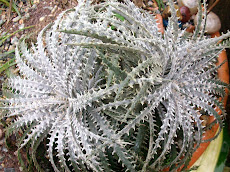



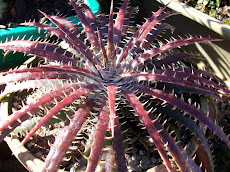
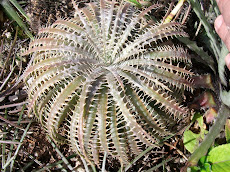
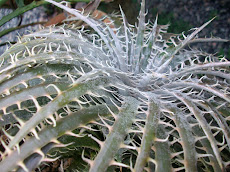
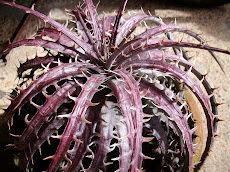

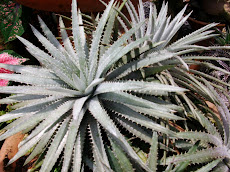

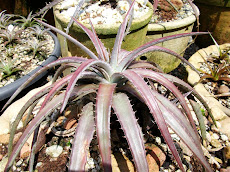
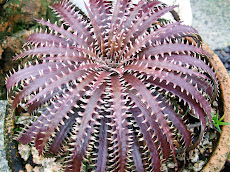

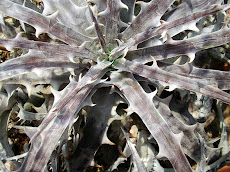
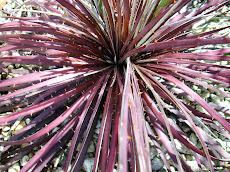
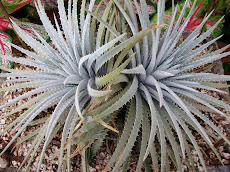
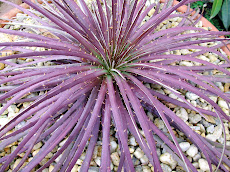
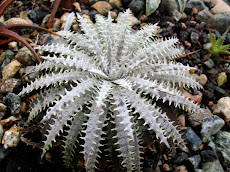
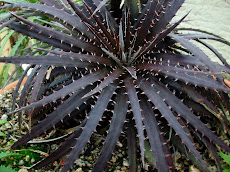
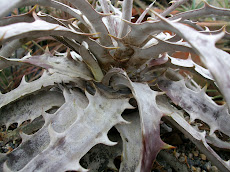
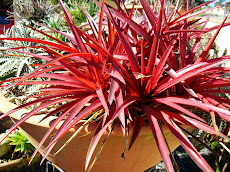
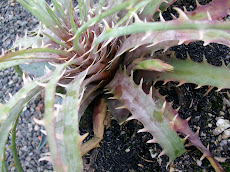

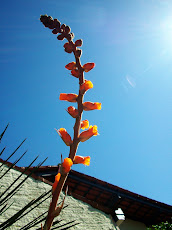
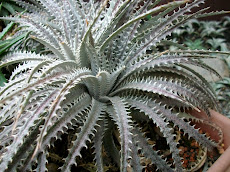

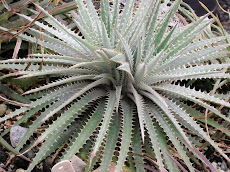
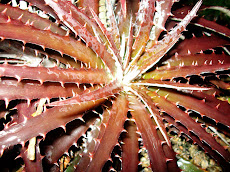
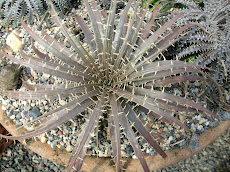


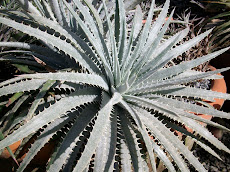

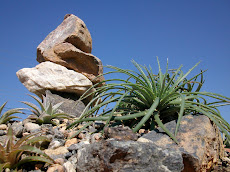
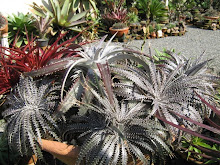
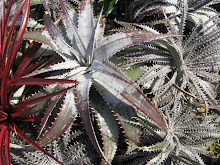
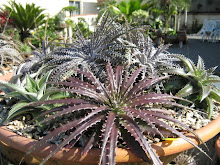
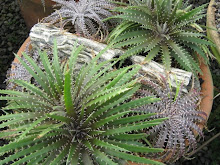
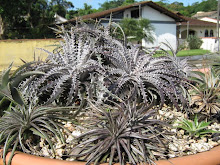
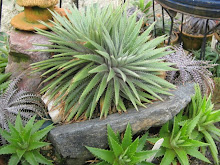

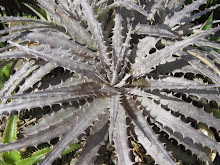
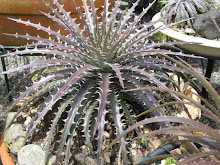
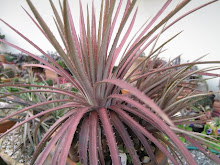

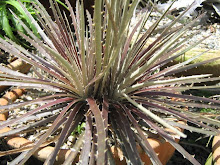
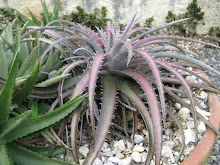
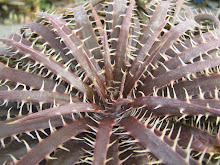



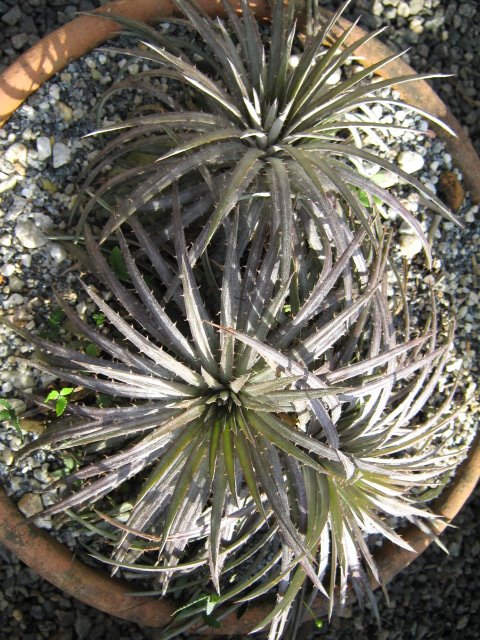
http://www.brazilplants.com/bromeliaceae/dyckia-fosteriana-r.html a link for a picture that says it is Dyckia fosteriana robustior. Is it correct?
ReplyDelete